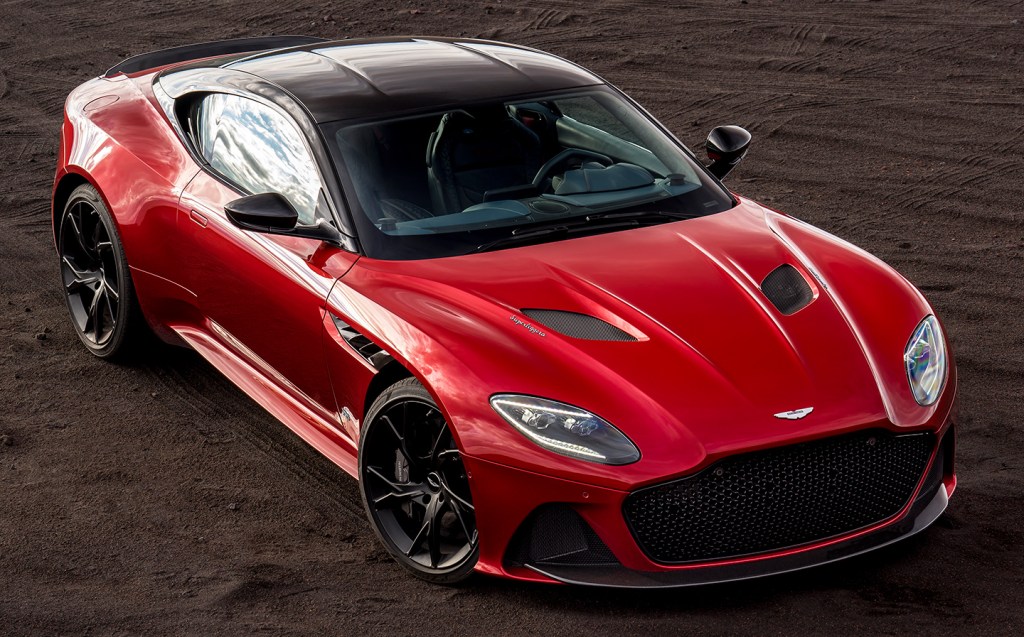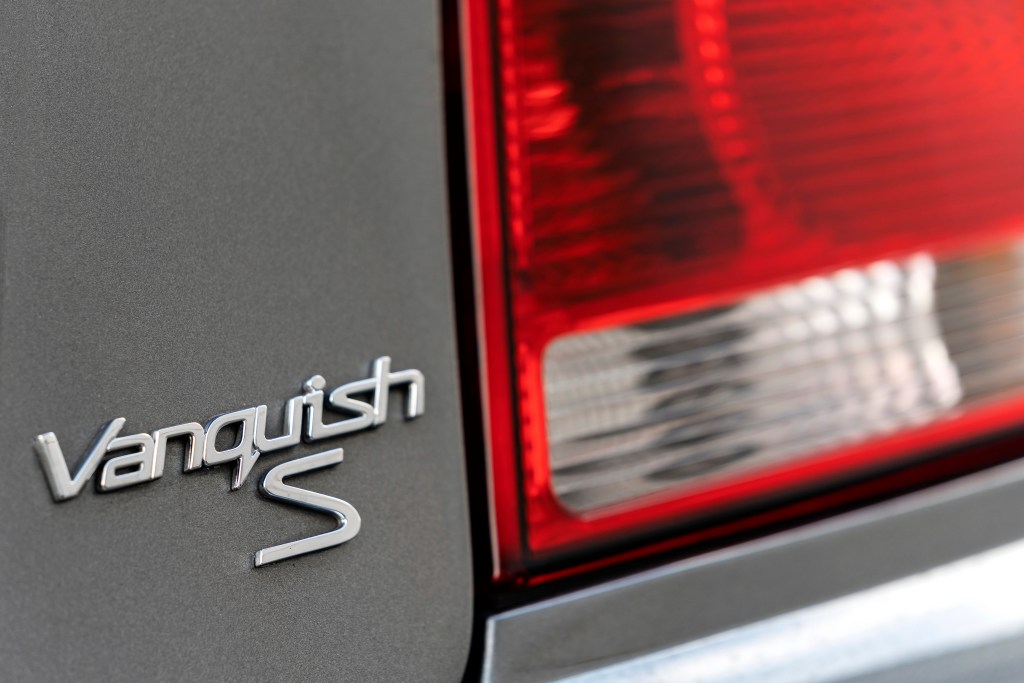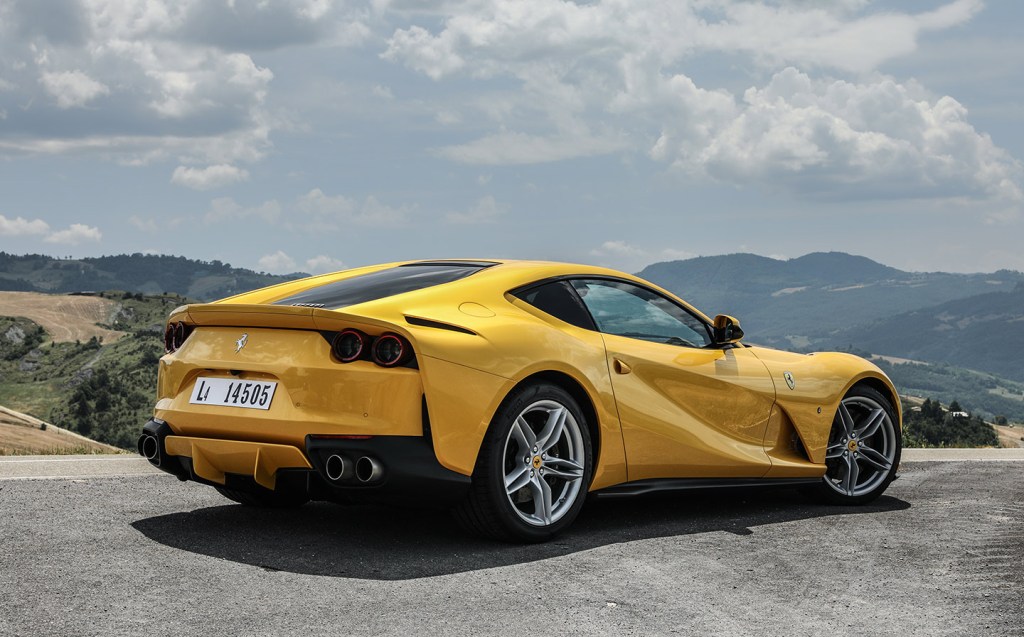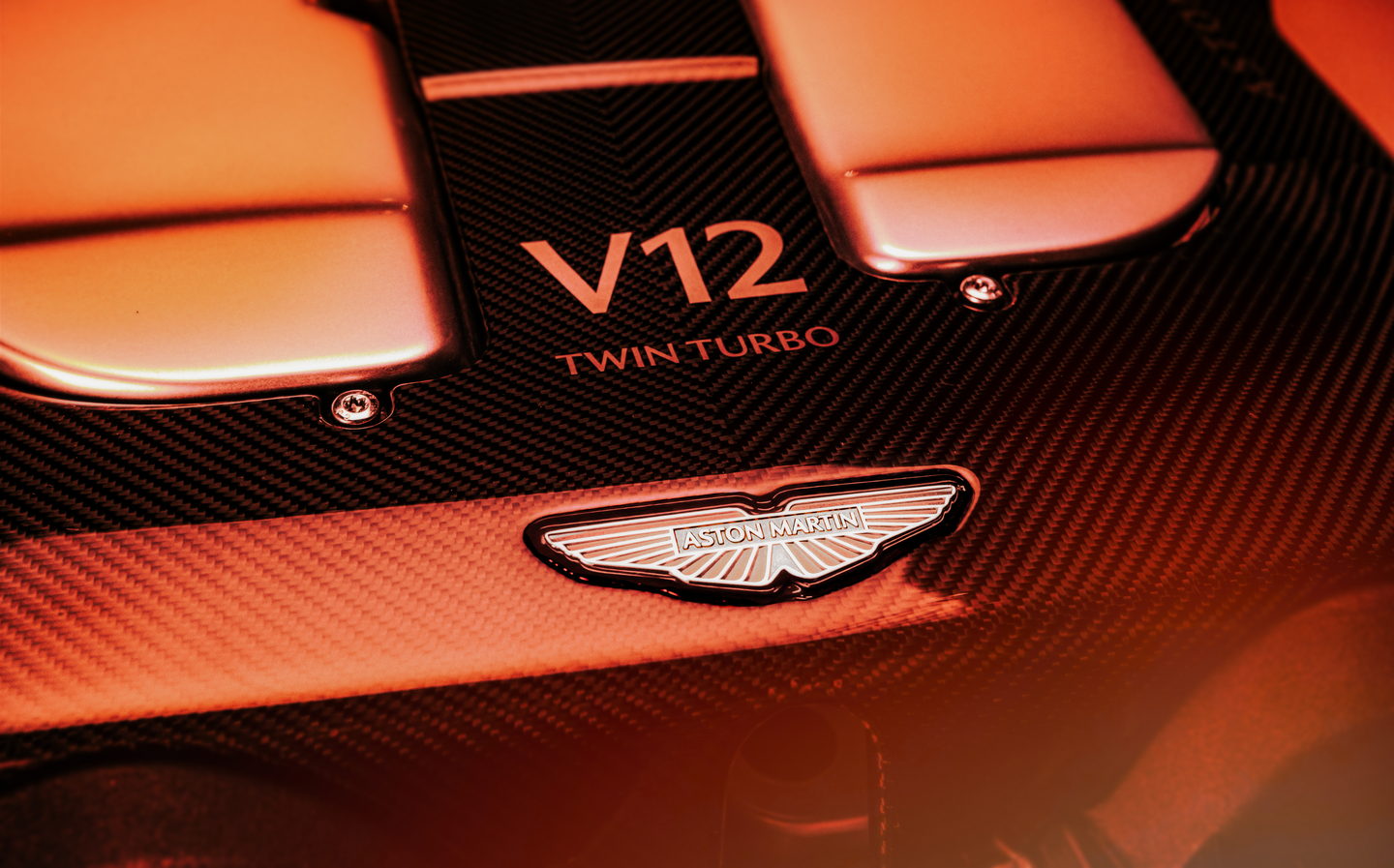New Aston Martin Vanquish to get V12 engine with 824bhp
V12s not dead by a long shot
Aston Martin has announced it is working on a new V12 petrol engine, due for release in a string of high-end models from the company — and expected to form the basis of a reborn Vanquish flagship.
The British luxury sportscar firm was using a 5.2-litre V12 in the DB11 and DBS Superleggera family, up until the former was replaced by the DB12 last year, and that car is now powered solely by a 671bhp V8.
But Aston Martin has confirmed an all-new V12 unit, marking a devotion to the large-capacity, multicylinder petrol engine in an age when most other manufacturers are electrifying their high-end performance powertrains. Aston has also revealed the sound of the engine in a short video clip published to YouTube.
Eschewing electrification
Aston doesn’t say what capacity the new motor will be but adds the announcement of the engine continues its 25-year bloodline of V12-powered flagship models.
The photo shown with the announcement proudly reveals the legend “Twin Turbo” on the engine’s cover, which goes some way to explaining its enormous outputs of 824bhp and 738lb ft.
For reference, the old DBS Superleggera (below) made maximums of 715bhp and 664lb ft, equating to overall gains of 15 and 11 per cent respectively from the new engine.

Aston’s technical breakdown of the unit says it has a strengthened cylinder block and conrods, redesigned cylinder heads incorporating reprofiled camshafts, plus new intake and exhaust ports.
The company further explains that repositioned spark plugs, and new higher flowrate fuel injectors deliver optimised combustion and “class-leading” performance and efficiency gains, although that’s in relation to other mega-power V12 engines still on sale — none of which are known for being particularly frugal.
Finally, Aston has switched the old turbochargers for higher-speed, reduced-inertia ones, which bring the extra power and sharper throttle response.
V12 ‘a symbol of power and prestige’
Roberto Fedeli, Aston Martin’s chief technical officer, explained the decision to persist with 12 cylinder powerplants: “The V12 engine has long been a symbol of power and prestige, but it is also a statement of engineering passion and technical prowess. With 824bhp and 738lb ft of torque, this unparalleled engine represents nothing less than the dawn of a dazzling new V12 era for Aston Martin.”
The new engine will be hand built in limited numbers, raising the intriguing possibilities of in which models it will be featured.
For its part, Aston has said the first car the V12 is destined for is a replacement for the DBS — but it would seem that nameplate is not going to be used again. Instead, there are strong hints that the Vanquish badge will make its return, first seen in 2001 and itself phased out in favour of the DBS from 2018 onwards, including the title on the video teaser of “All Will Be Vanquished”.

Others carmakers keeping V12s alive
Aston Martin, as one of the world’s high-end exotic marques, is not alone in championing the V12 in an increasingly electrified age.
Only recently, Ferrari has confirmed its 812 GT model will be replaced by an all-new car due to be revealed this week, which will also have a non-hybrid V12, though the company has not at the time of writing announced whether or not it will be turbocharged.

The Italian company has also recently used V12s in both its Daytona SP3 and Purosangue SUV models.
Other prestige companies raging against the dying of the V12 light include Rolls-Royce and Gordon Murray Automotive, although even Lamborghini — which has employed V12s since 1963 — has added three electric motors to its latest version of the engine, as used in the Revuelto.
Related articles
- If you liked reading about the new Aston Martin V12 engine, you might want to read Will Dron’s review of the Aston Martin DB12
- You might also be interested in our Aston Martin DBX707 on-track video review
- Also check out Peter Sellers’s Aston Martin DB4GT, which could sell for £2.6m at the Goodwood Bonhams auction 2023
Latest articles
- Five best electric cars to buy in 2025
- Should I buy a diesel car in 2025?
- F1 2025 calendar and race reports: The new Formula One season as it happens
- Zeekr 7X AWD 2025 review: A fast, spacious and high tech premium SUV — but someone call the chassis chief
- Denza Z9GT 2025 review: Flawed but sleek 1,062bhp shooting brake from BYD’s luxury arm
- Extended test: 2024 Renault Scenic E-Tech review
- Best-selling cars 2025: The UK’s ten most popular models of the year so far
- Audi A6 Avant 2025 review: Trusty executive estate ticks expected boxes, and there’s still a diesel option
- Keir Starmer eases pressure on carmakers to sell EVs in response to ‘global economic headwinds’














